Ductility Of Common Materials
What is Ductility?
Ductility is a measure of a material’s ability to plastically deform under tensile stress. Materials with high ductility can be drawn into wires or reshaped without fracturing. This property is essential in manufacturing processes that form materials into specified shapes.
Importance of Ductility in Engineering
Ductility plays a significant role in engineering and construction. It enables materials to absorb energy during deformation, thereby contributing to the safety and flexibility of structures. Ductile materials withstand impacts and dynamic loads without catastrophic failure and are therefore suitable for use in buildings, bridges and automotive components.
Relationship with Malleability
Ductility and malleability are both facets of material plasticity, which refer to a material's ability to undergo permanent deformation without fracturing. Although these terms are closely related, they describe different deformation behaviours.
Ductility
- Definition: Ductility refers to the capacity of a material to undergo significant deformation, particularly stretching or elongation, prior to failure. This property is typically demonstrated by processes such as drawing, for example, by extending metal into wire.
- Main Features:
- Ductile materials can be drawn into wires or stretched.
- Ductility is often measured by the percentage elongation or the reduction of area at the fracture point during a tensile test.
- Materials with high ductility can absorb significant strain before fracturing.
- Examples: Gold, Copper, Aluminium and steel (at ambient temperature).
Malleability
- Definition: Malleability describes the ability of a material to undergo significant deformation under compressive stress without fracturing. It is typically demonstrated by processes such as rolling or hammering, for example, by flattening metal into sheets.
- Main Features:
- Malleable materials can be hammered, rolled or pressed into thin sheets.
- Malleability is commonly gauged by the extent to which a material can be flattened without cracking.
- This property is important in manufacturing methods such as forging and extrusion.
- Examples: Gold, Lead and Aluminium.
|
Property |
Ductility |
Malleability |
|
Type of Stress |
Tensile (elongation) |
Compressive (flattening) |
|
Primary Behaviour |
Ability to elongate or stretch |
Ability to deform under pressure |
|
Test Example |
Wire drawing, tensile test (elongation) |
Hammering or rolling into thin plates |
|
Examples |
Gold, Copper, Aluminium |
Gold, Lead, Aluminium |
Further information is available at Stanford Advanced Materials (SAM).
Factors that Influence the Ductility of Metals
The ductility of metals is influenced by several factors, including:
- Temperature: Higher temperatures generally increase ductility.
- Alloying Elements: The addition of specific elements can either increase or decrease ductility.
- Grain Size: Finer grains typically improve ductility.
- Manufacturing Methods: Processes such as annealing can modify ductility.
Ductility of Common Materials
Common ductile materials include:
- Metals: Copper, Aluminium and steel are known for their high ductility.
- Alloys: Brass and certain types of stainless steels exhibit moderate ductile properties.
- Polymers: Under specific conditions, some polymers display ductile behaviour.
The following table provides an overview of the ductility of various materials.
|
Material |
Ductility |
Notes |
|
Gold |
Very high |
Gold can be drawn into very fine wire and demonstrates a high capacity for elongation. |
|
Copper |
High |
Copper is widely used in electrical wiring due to its capacity for elongation. |
|
Aluminium |
High |
Aluminium can be stretched or formed into thin sheets or wire. |
|
Silver |
High |
Silver is ductile and is used in jewellery and electrical applications. |
|
Steel (low carbon) |
High |
Low-carbon steel is highly ductile and is employed in construction; it can be drawn or stretched. |
|
Steel (high carbon) |
Moderate to low |
High-carbon steel is less ductile than its low-carbon counterpart and tends to be brittle. |
|
Moderate to high |
Titanium typically exhibits moderate ductility, although it may become brittle at lower temperatures. |
|
|
Nickel |
Moderate |
Nickel has a moderate ductility and is used in the production of certain alloys and coatings. |
|
Brass |
Moderate |
Brass demonstrates moderate ductility and is used for sanitary and electrical fittings. |
|
Lead |
High |
Lead is highly formable and can be drawn into thin sheets. |
|
Iron (cast) |
Low |
Cast iron is brittle and exhibits low ductility; it is primarily used in casting processes. |
|
Iron (malleable) |
High |
Malleable iron is more ductile than cast iron and is used in structural applications. |
|
Zinc |
High |
Zinc can be easily formed and is frequently used for galvanising steel. |
|
High |
Platinum exhibits high ductility and is resistant to corrosion. |
|
|
Low |
Tungsten is extremely hard but exhibits brittleness at room temperature. |
|
|
Inconel (Nickel-Chromium Alloy) |
Moderate to high |
Inconel demonstrates good ductility at elevated temperatures. |
|
Brass (Copper-Zinc Alloy) |
Moderate |
Brass shows adequate ductility for various industrial applications. |
|
Magnesium |
Moderate |
Magnesium alloys are moderately ductile and lightweight. |
|
Polyethylene (Plastic) |
High |
Polyethylene is flexible and can be stretched significantly before breaking. |
|
Rubber |
Very high |
Rubber is highly stretchable and can extend multiple times its original length. |
Frequently Asked Questions
What is the difference between ductility and malleability?
Ductility refers to a material's ability to be drawn into wire, whereas malleability refers to its ability to be hammered or rolled into sheets.
Why is malleability important in construction?
Malleability allows materials to deform without fracturing, thereby ensuring flexibility and safety in structures that are subject to dynamic forces.
Can polymers be ductile?
Yes, certain polymers exhibit ductile behaviour under specific conditions, which allows them to be formed or stretched without fracturing.
How does temperature affect the ductility of metals?
An increase in temperature generally results in increased ductility. This occurs because elevated temperatures enhance atomic mobility.
What are some applications of ductile wires?
Ductile wires are used in electrical systems, telecommunications, jewellery manufacturing and various industrial applications that require reliable, flexible conductors.

 Bars
Bars
 Beads & Spheres
Beads & Spheres
 Bolts & Nuts
Bolts & Nuts
 Crucibles
Crucibles
 Discs
Discs
 Fibers & Fabrics
Fibers & Fabrics
 Films
Films
 Flake
Flake
 Foams
Foams
 Foil
Foil
 Granules
Granules
 Honeycombs
Honeycombs
 Ink
Ink
 Laminate
Laminate
 Lumps
Lumps
 Meshes
Meshes
 Metallised Film
Metallised Film
 Plate
Plate
 Powders
Powders
 Rod
Rod
 Sheets
Sheets
 Single Crystals
Single Crystals
 Sputtering Target
Sputtering Target
 Tubes
Tubes
 Washer
Washer
 Wires
Wires
 Converters & Calculators
Converters & Calculators
 Write for Us
Write for Us
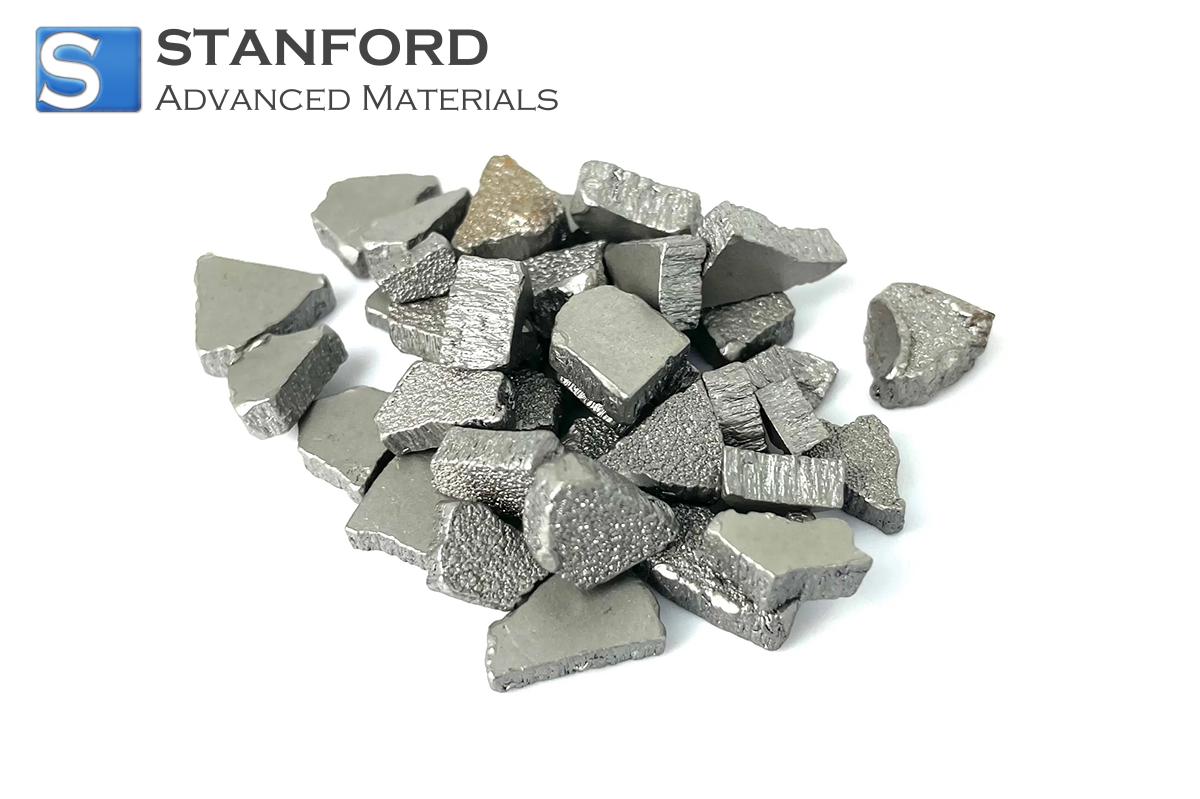
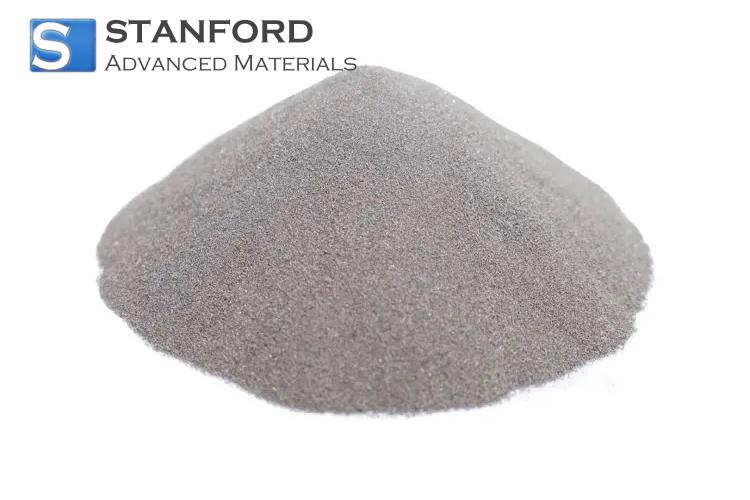
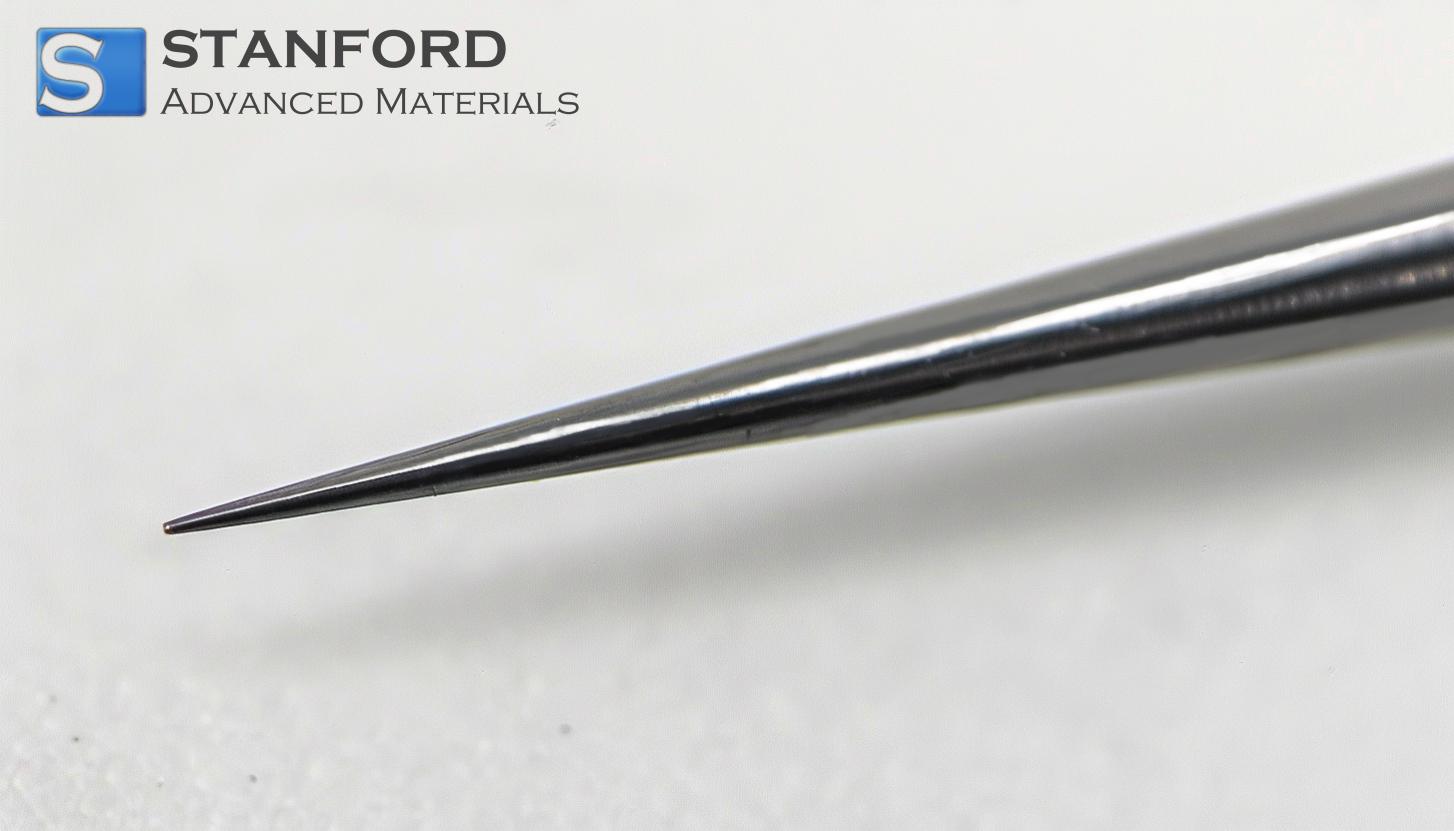
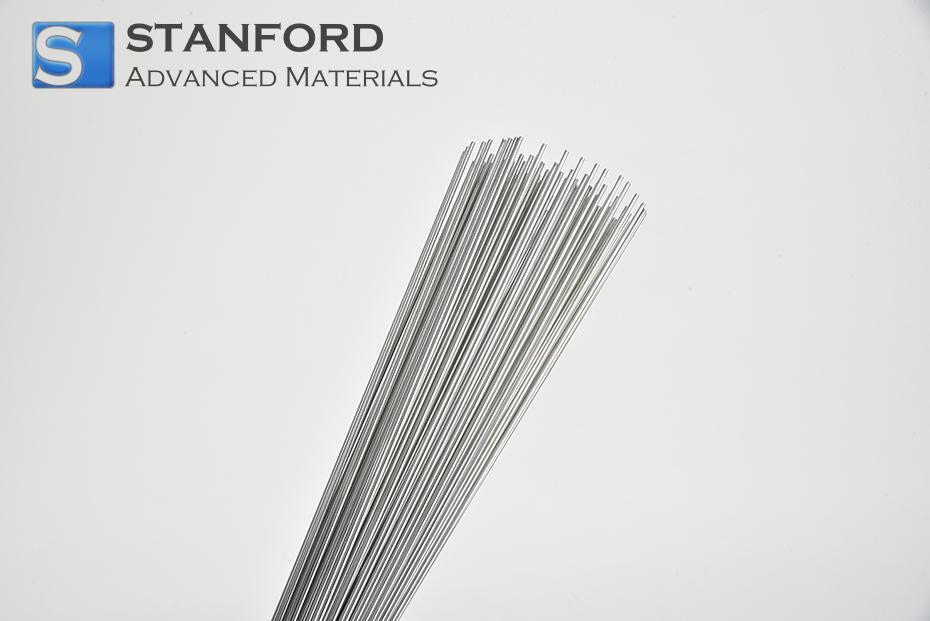
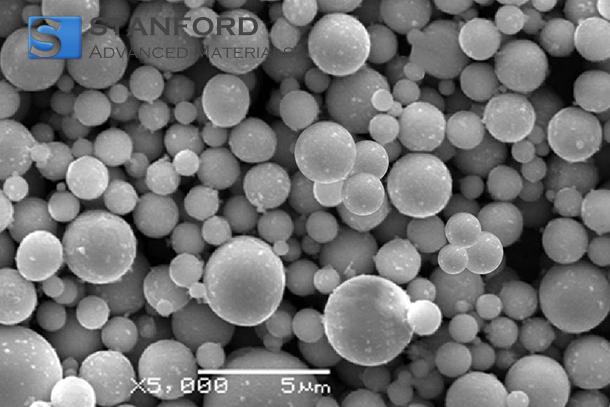
 Chin Trento
Chin Trento



